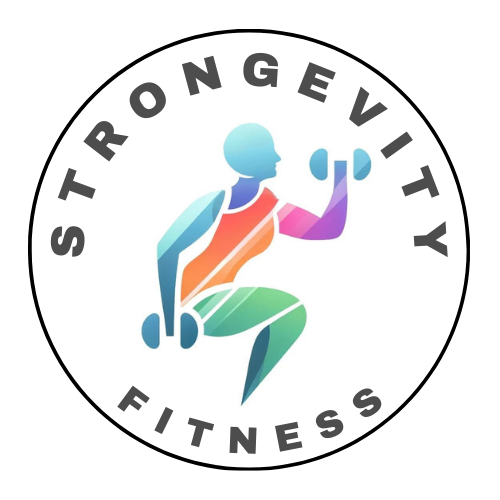The Most Effective 15 Minute Workout for Seniors Over 50
A body in motion stays in motion. It is Newton’s first law of thermodynamics. But, movement does not need to be all day every day. A common myth in the fitness industry is that you need to commit hours and hours working out every day in order to see results. You can achieve phenomenal results by moving intentionally for 15 minutes every day, or whenever you can fit it in. When designing a workout program, you want to focus on movements that mimic your every day life. How often do you perform a movement in your every day life that is seated? That is why machines should be used as an accessory, not the main event. You want to emphasize exercises that engage multiple muscle groups, promoting overall strength and stability. This 15 minute workout has been specially designed for seniors to be safe, effective, and beneficial to those looking to age gracefully.
1. Sit-to-Stands
How to Perform:
Sit on a sturdy chair with feet shoulder-width apart.
Optionally, hold a weight (like a water bottle) at your chest.
Slowly lower yourself to sit, then press through your heels to stand up.
Perform 10–15 repetitions.
Modifications:
To increase difficulty, perform using one leg or hold a heavier weight.
To decrease difficulty, use a wall or countertop for support.
Why It Matters:
This exercise strengthens the legs and glutes, crucial for tasks like standing up from a chair or climbing stairs. It promotes independence by increasing your ability to support your own body weight.
2. Elevated Push-Ups
How to Perform:
Place your hands on an elevated surface (wall, countertop, or sturdy chair).
Keep your body straight and engage your core.
Lower your chest toward the surface by bending your elbows, then push back to the starting position.
Perform 10–15 repetitions.
Modifications:
Adjust the height of the surface to modify intensity.
Why It Matters:
Elevated push-ups build upper body strength, aiding in daily activities like pushing doors or lifting objects. They also are phenomenal for building core strength
3. Ground-to-Overhead Press
How to Perform:
Hold a weighted object (like a filled water bottle).
Bend at the hips and knees to lower the object to the ground.
Engage your core and lift the object overhead.
Perform 10–15 repetitions.
Modifications:
If reaching the ground is challenging, place the object on an elevated surface.
Adjust difficulty by increasing or decreasing the weight of the object.
Why It Matters:
This movement mimics lifting items from the floor to a shelf.
4. Plank (Elevated or Floor)
How to Perform:
Place your forearms on an elevated surface or the floor.
Keep your body in a straight line from head to heels.
Engage your core and hold the position for 20–30 seconds.
Modifications:
Use a higher surface to reduce intensity.
Hold for a longer time period to increase intensity
Why It Matters:
Planks strengthen the core, which is vital for balance and preventing injury. It can also help reduce back pain.
5. Step-Ups
How to Perform:
Stand in front of a sturdy step or low platform.
Step up with your right foot, then bring your left foot up to meet it.
Step down with your right foot, followed by your left.
Perform 10–15 repetitions, then switch the leading foot.
Modifications:
Use a lower step or hold onto a handrail or wall for support.
Hold onto a weight in one hand or both hands to increase intensity.
Why It Matters:
Step-ups are vital for strengthening your legs, increasing balance, and improving your gait. It will increase your ability to climb stairs, step over an obstacle, and also balance.
Routine Summary
Perform each exercise for 10–15 repetitions (or hold for the specified time).
Complete 3 rounds of the circuit.
Rest as needed between exercises and rounds.
This routine can be completed in just 15 minutes and requires minimal equipment. Consistency is key; aim to perform this workout 3–5 times per week.
Final Thoughts
It only takes 15 minutes every day to see some real change. Try incorporating this 15-minute functional strength training routine into your everyday life, and prepare to see some real changes.
Remember, always listen to your body and modify the exercises as needed. Always consult with a healthcare professional before starting any new exercise program.
Try for yourself and see what consistency can do for you!

